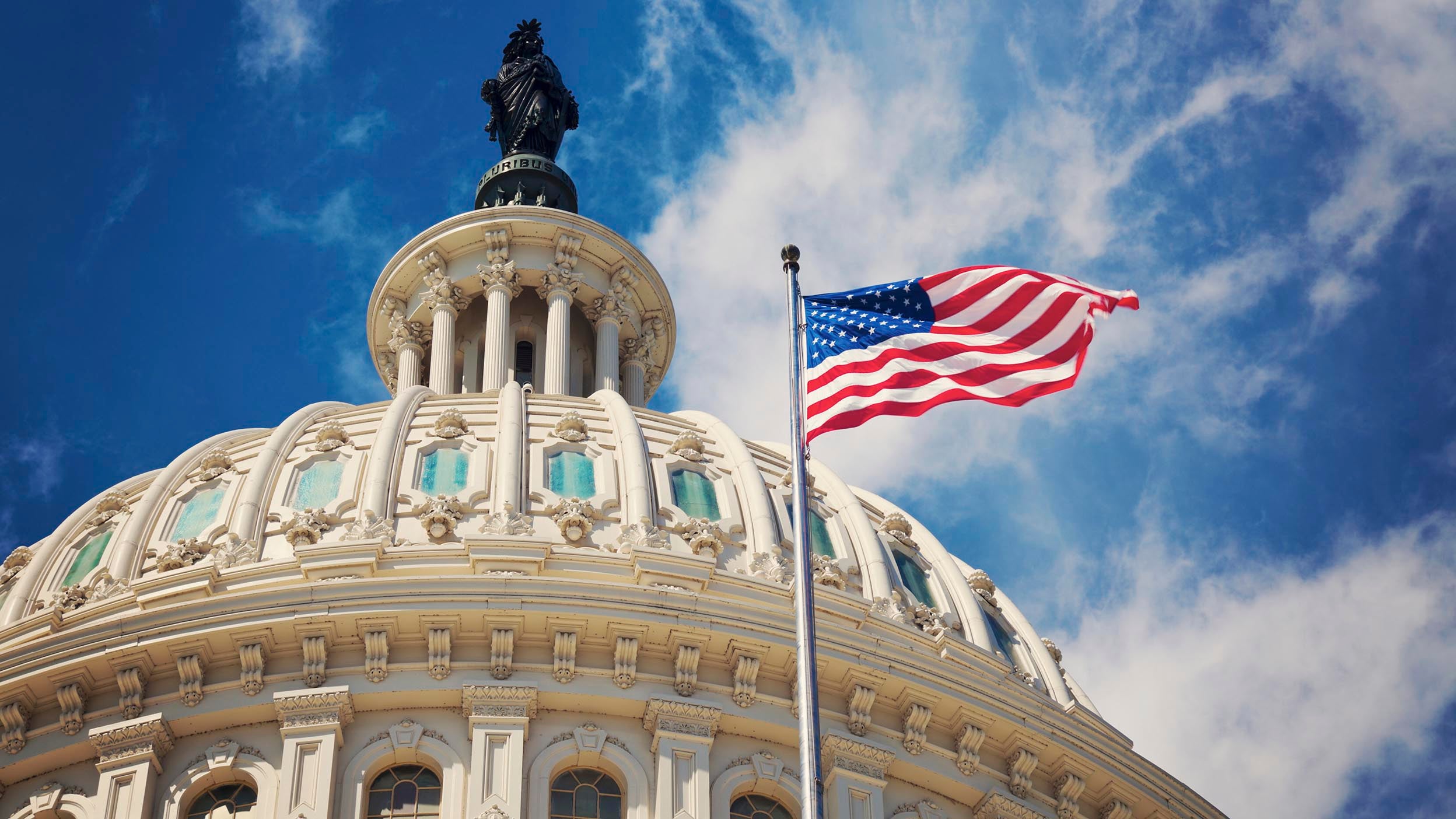
Markets and Economy Tariffs rattle stock markets, but what’s the long-term impact?
Recent history has shown that protectionist measures such as tariffs can hinder economic growth in the near term but don't necessarily create a long-term hurdle for markets.









